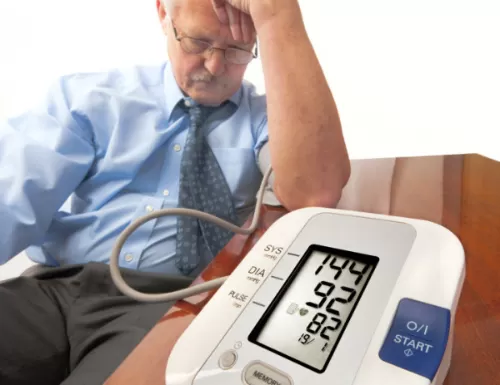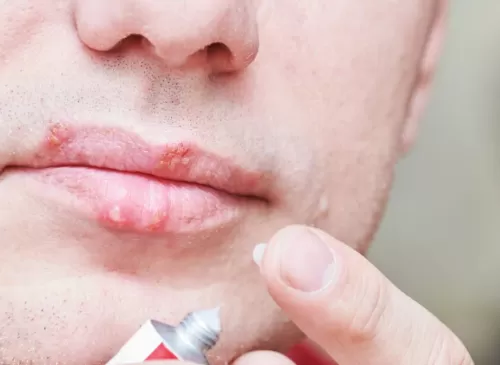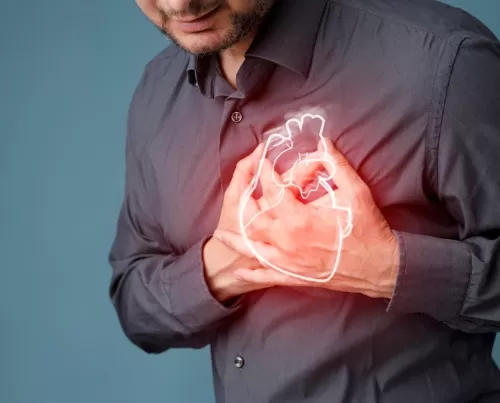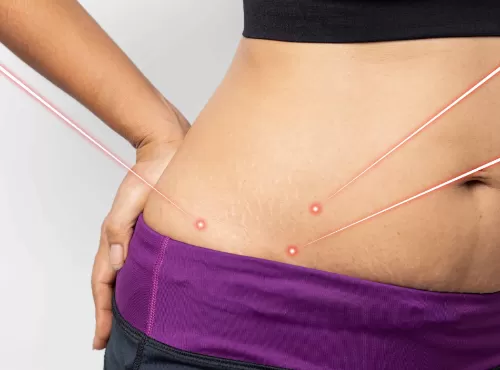A Comprehensive Guide to Body Contouring Surgery
Liposuction, often referred to as "lipo," is one of the most popular cosmetic surgeries worldwide, designed to remove excess fat from specific areas of the body. This procedure is often sought by individuals looking to contour their bodies, reduce stubborn fat pockets, and achieve a more toned, sculpted appearance. While liposuction can be an effective way to remove localized fat, it’s essential to understand how the surgery works, its benefits, potential risks, and recovery process. Here’s a comprehensive guide to liposuction.
Related searches

What is Liposuction?
Liposuction is a cosmetic surgery procedure that involves the removal of excess fat from various areas of the body using a suction technique. It is commonly performed to target fat in areas such as the abdomen, thighs, hips, buttocks, arms, back, and under the chin.
There are several types of liposuction techniques, but the basic principle remains the same: fat is broken up and suctioned out through small incisions. The goal is to achieve a more proportionate, smoother, and contoured appearance.
How Does Liposuction Work?
The procedure typically follows these general steps:
Anesthesia: Depending on the size and location of the area being treated, liposuction may be performed under local anesthesia (numbing the specific area) or general anesthesia (putting you to sleep). In some cases, intravenous sedation is used.
Incisions: The surgeon makes small incisions in the targeted areas. These incisions are usually discreet and placed in natural skin folds to minimize scarring.
Fat Removal: A thin, hollow tube called a cannula is inserted through the incisions. The cannula is connected to a vacuum or suction device, which is used to break up and remove excess fat from beneath the skin.
Contouring: As the fat is suctioned out, the surgeon sculpts and contours the area to ensure a smooth and aesthetically pleasing result.
Closing the Incisions: Once the desired amount of fat is removed and the area is properly contoured, the incisions are closed with sutures. In some cases, drains may be placed to help remove excess fluid.
Types of Liposuction Techniques
There are several variations of liposuction, each using different technologies or techniques to remove fat. Some of the most popular types include:
Tumescent Liposuction: This is the most commonly used technique. A saline solution containing anesthetics is injected into the target area before fat is removed. The solution helps numb the area, constrict blood vessels (reducing bleeding), and make fat removal easier.
Ultrasound-Assisted Liposuction (UAL): This method uses ultrasound energy to liquefy the fat cells before suctioning them out. It can be particularly effective for removing fat from areas with fibrous tissue, such as the upper back or male chest.
Laser-Assisted Liposuction (SmartLipo): Laser energy is used to melt the fat, which is then suctioned out. The heat from the laser also stimulates collagen production, which can improve skin tightening in the treated area.
Power-Assisted Liposuction (PAL): This technique uses a vibrating cannula, making it easier for the surgeon to remove fat with less force and time. It’s typically used for larger areas or areas with more fibrous fat.
Water-Assisted Liposuction (Body-Jet): This method uses a gentle stream of water to loosen and remove fat cells, which can reduce bruising and improve precision in fat removal.
Benefits of Liposuction
Targeted Fat Removal: Liposuction can treat stubborn fat deposits that don't respond to diet and exercise, offering a more contoured, sculpted appearance.
Long-Lasting Results: Once fat cells are removed, they do not regenerate. As long as you maintain a healthy lifestyle, the results can be permanent.
Improved Body Proportions: Liposuction can help balance and enhance body contours, improving the overall proportion of your figure.
Minimal Scarring: The incisions used in liposuction are small, often hidden in natural creases or folds, which means scarring is minimal.
Boosted Confidence: Many patients report a significant boost in self-confidence and satisfaction with their appearance after liposuction.
Who is a Good Candidate for Liposuction?
Liposuction is ideal for individuals who:
Are in good overall health and at a stable weight
Have localized fat deposits that are resistant to diet and exercise
Have good skin elasticity (for better skin tightening after fat removal)
Are non-smokers (smoking can impair healing and increase complications)
Have realistic expectations about the results of the surgery
It’s important to note that liposuction is not a weight-loss solution but rather a body contouring procedure. It is not designed for individuals who are obese or seeking a significant reduction in body weight.
Potential Risks and Side Effects
Like any surgical procedure, liposuction carries some risks. Possible side effects and complications include:
Bruising and Swelling: Most patients experience swelling and bruising in the treated areas, which usually subsides after a few weeks.
Infection: As with any surgery, there’s a risk of infection. Following post-operative care instructions carefully can reduce this risk.
Uneven Results: If not done properly, the results may be uneven, leading to a lumpy or irregular appearance.
Numbness: Some patients experience temporary or permanent numbness in the treated area due to nerve damage.
Blood Clots: There is a risk of blood clots, particularly if the patient doesn't follow post-operative guidelines for movement and compression garments.
Skin Irregularities: In some cases, liposuction can lead to skin irregularities such as sagging or uneven skin tone, especially in areas where skin elasticity is poor.
Recovery After Liposuction
The recovery time for liposuction can vary based on the extent of the procedure and the number of areas treated. However, general recovery guidelines include:
Immediate Aftercare: After surgery, patients may experience swelling, bruising, and discomfort. Compression garments are often recommended to reduce swelling and help the skin tighten.
Resuming Activities: Most patients can return to work within a week, but strenuous activities, such as exercise, should be avoided for at least 3-4 weeks.
Results Timeline: The final results of liposuction may not be visible immediately. Swelling can take a few weeks to subside, and the body may continue to refine the contour for several months.
Follow-Up: Regular follow-up appointments with your surgeon are important to monitor healing and ensure the best possible outcome.
Cost of Liposuction
The cost of liposuction varies depending on the technique used, the number of areas treated, and the geographic location of the surgeon. On average, liposuction can cost anywhere from $2,000 to $10,000 or more. Since liposuction is considered a cosmetic procedure, it is typically not covered by insurance.
Conclusion
Liposuction remains one of the most effective ways to eliminate stubborn fat and achieve a more contoured and youthful body shape. While it offers numerous benefits, it’s essential to consult with a qualified, experienced surgeon to determine if the procedure is right for you. If you are in good health, have localized fat that resists diet and exercise, and have realistic expectations about the outcome, liposuction could be a great option to help you achieve the body you’ve always desired.
As with any surgery, it’s crucial to thoroughly research the procedure, the potential risks, and the recovery process before deciding whether liposuction is right for you.

Understanding High Blood Pressure: Navigating the Silent Killer

How to Avoid Cold Sores: A Comprehensive Guide

Understanding Heart Disease: A Growing Concern for Middle Aged Americans

Understanding Private Healthcare: A Comprehensive Overview

Discover the World on Your Plate: Why Imported Food Is America’s New Obsession

Unlocking the Future of Medicine: The Essential Role of Clinical Trials








